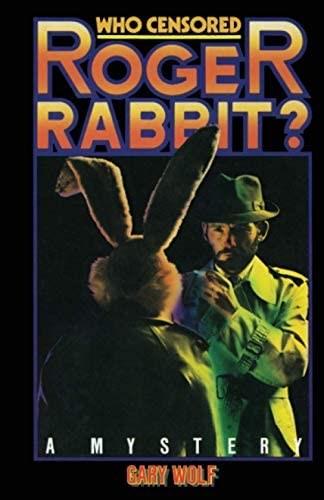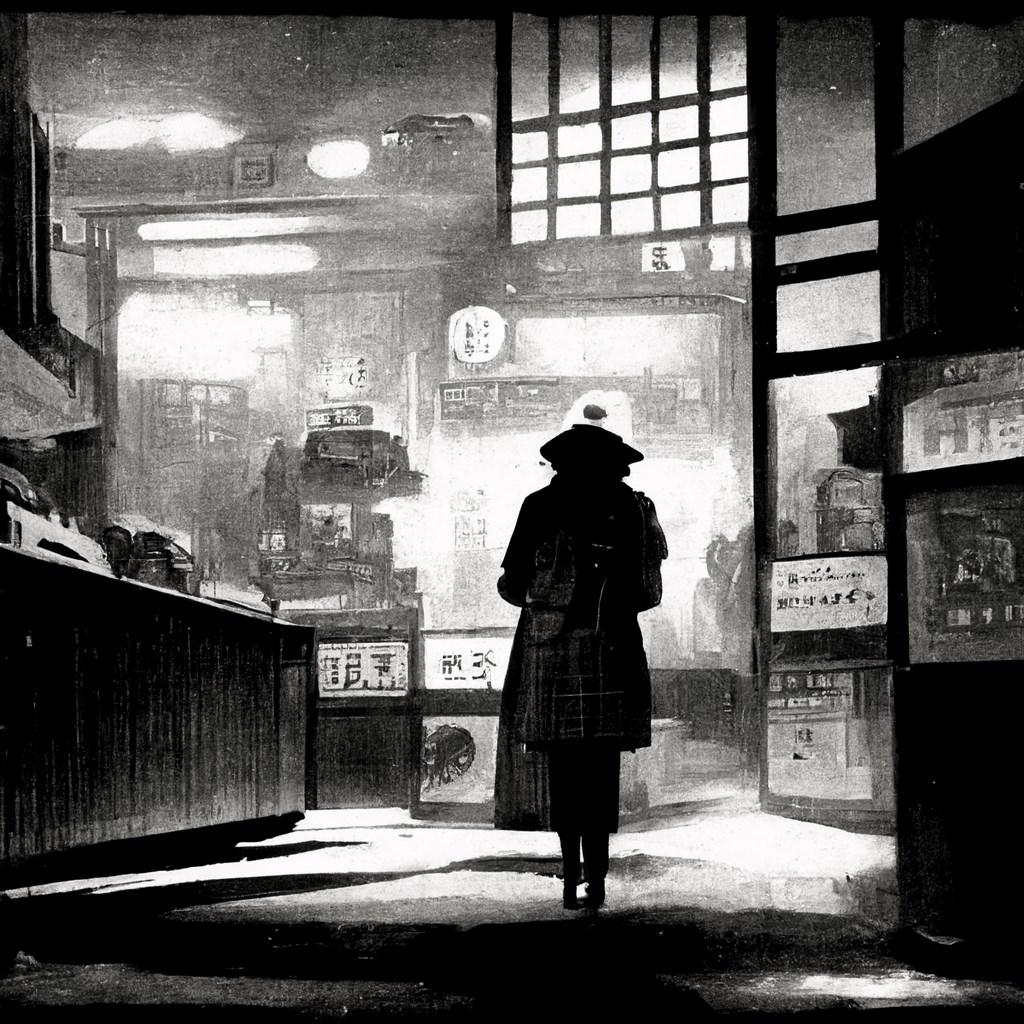
4 minute read
Roger Rabbit - Better on Film by Chris Garcia
Better on Film –Roger Rabbit
by Christopher J. Garcia
Advertisement
I have never forgotten the first time I saw Who Framed Roger Rabbit?.
It was at my friend Amy’s birthday, sitting between two young women, among the most beautiful I’d ever seen at that point, and the popcorn had been comped by our friend who worked at the Century 21 theater. The movie itself was magical. The combination of animation and live-action wasn’t exactly new, I remembered having seen Gene Kelly dancing with Jerry the Mouse on Dialingfor-Dollars, and even then, I saw fun animations all the time at cons and the like. But this was different. The tone was different, the setting was different. It wasn’t about making a cartoon of frivolity, but one that introduced the dark side of the frivolity. It was neo-noir, in a way, but also a pastiche. It wasn’t about making a good mystery, but about the over-the-top, about everything taken to the extreme. You could pull any character, hold it up to the light like a precious jewel, and you’d see exactly how the facets were cut unambiguously from their source material. Roger Rabbit was the most toon Toon you could have, a perfect combination of Wile E. Coyote and Bugs Bunny, with a hint of Daffy Duck. There was Jessica Rabbit, drawn with every intention of being a cartoon sex symbol, positively dripping across every scene she’s in, the femme fatale made celluloid. There was Eddie Valiant, our detective played by Bob Hoskins. He was Lemmy Caution, Sam Spade, and Philip Marlowe rolled into one trench coat and topped with a fedora. The city of Toontown was the Hollywood we all see in our dreams; the Hollywood it shows was one that refused to play to type – neither gritty nor oily from the maintenance of the squeaky-clean image. All turned up to 11, and then passed through a low-pass filter to make it a Disney property. And all of that is what the book was missing. I finally read Who Censored Roger Rabbit, well I listened to it, and the differences between the two were massive, and I think the idea of Roger Rabbit as a character is best-served by film instead of in writing. The book focuses on Eddie Valiant, a private dick who is hired by Roger to help him get his own strip. He’s been playing second-fiddle to Baby Herman in a comic strip, and the Degreasy brothers had promised him his own strip. Roger’s wife Jessica, the femme fatale of the piece, is on the outs with Roger, and when Roger is found dead, she’s Eddie’s number one suspect. The investigation is standard, right out of a traditional mystery thriller. Now, the novel takes place in 1980, or so, and it’s based in the world of comic strips, which makes for some fun fantastical elements, like the word bubbles that pop up when Toons speak. The Toons can make doppelgängers, semi-
The Drink Tank 442 corporeal versions of themselves, who end up doing the stunt work like running into holes painted on the wall. Who Framed Roger Rabbit? takes place in the Hollywood of 1947, and that is so much more apt for a film and allows for a much richer experience. Yeah, the word balloons would have been a fun gimmick, but movies make way more sense, as does the era switch. Putting the action in the 1950s makes it a lot more based in noir than the book, and at the same time, it allows for the integration of of-the-moment cartoon characters. That’s a key to giving a good visual language. The removal of the doppelgänger made the movie a lot more interesting because it made it necessary to create a weakness for the Toons, and that led to the Dip. The biggest difference is that Roger is the murder victim in the novel. That doesn’t help with the possibility of a sequel (though Gary K. Wolf did manage such) but it allows for a more realistic Noir experience. The doppelgänger was a neat idea, and did add an element of ticking-clock, but having the actual character along with the detective felt much more natural. It’s odd to say that a movie feels more natural. The film has characters that became necessary once you got rid of the more fantastical elements of being a Toon. The first was a singular, clear villain, and that was a brilliant opportunity for the casting of Christopher Lloyd as Judge Doom, and that allowed for all sorts of fun. His performance is just about perfect, both pushing the boundaries of sensibility, and then leaning-in when the role calls for it. The addition of Joanna Cassidy as Delores is another aspect. It’s the female foil for the private dick that really helps make it feel even more appropriate for a neo-noir. She’s wonderful and hits every note for the role. I’ve always loved her work, but here she’s a perfect 1947 diner waitress. These are both crime works, both are post-modernist in a deep sense, but the film uses period reference that to give a fuller idea of a detective film, while the book is more about tone. There’s a tongue-in-cheekness to the book at times, but it’s also a serious work of detective fiction. The movie is more about being in the time, and the mystery is much more convoluted, and that’s a good thing, because it speaks to the kind of work you see in films like The Big Sleep, and that only makes you think more. I liked them both a lot, and when the novel gets deeper into the fantastical, it comes very close to the power of the movie, but it’s hard to come close to such a masterpiece.








